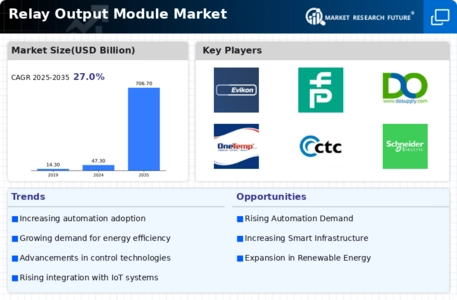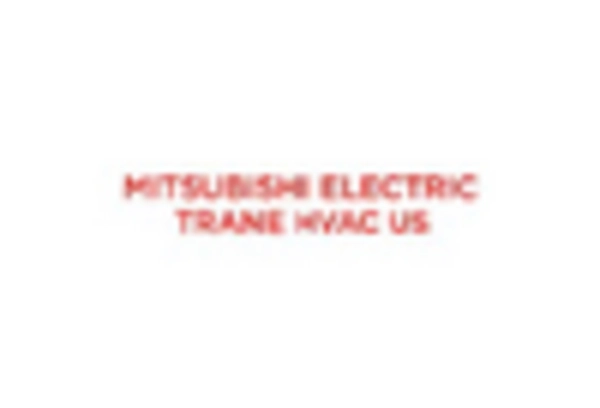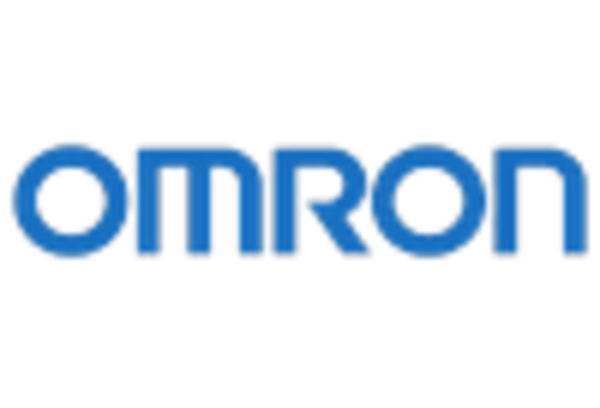Market Analysis
In-depth Analysis of Relay Output Module Market Industry Landscape
The global relay output module market is set to reach US$ 345 BN by 2032, at a 27.00% CAGR between years 2023-2032. The Relay Output Module Market is characterized by dynamic factors that justify its rate of development and change, mainly due to technology which has led to the computer automation in industries. Implementation of automation to help boost efficiency and accuracy during operations have seen relay output modules rise in popularity. Such modules form essential elements in the control systems that interface between programmable logic controllers (PLCs) and external devices; by virtue of their ability to control passage of electrical signals. The requirement for relay output modules is also intertwined with the larger developments in industrial automation, with attention given to enhancements and minimizations of manual interference in operation processes. The crucial factor driving the market change of relay output modules is the ongoing digitization and Industry 4.0 transition within the manufacturing sector. The incorporation of Internet of things, big data analytics and real-time compliance requirements in the industry is dependent on advanced controllability algorithms. In these systems, relay output modules play a critical part since they enable communication of sensors actuators and PLCs at ease. As the industry invests in digital transformation within their operations, the requirement for top and malleable relay output unit keeps on showing no sign of reducing. In addition, the operating conditions in any relay output can be defined by the number of applications across various industries. The modules used in these sectors include either the manufacturing sector, the energy field, cars among other. The dynamics of the market emanate from the needs for each industry as well as their need for customized solutions; a reason why the market is entirely characterized by research.
This sector depends on manufacturing, which implies that its companies have to be sensitive towards the specialized needs of various industries and should develop innovative product designs to meet advanced application requirements. The competitive landscape also turns out to be a pivotal factor in driving the forces that play out in the market for relay output modules. After all, there are more than one player in the market and each would be striving for fair share of the pie. In such competitive environment innovation and cost-effective solution will remain the order of things. Relay output modules are the cornerstone of a company’s performance, reliability, and functional excellence; to maintain a competitive edge over other companies, they seek ways to improve their products. This competition encourages additional features and technologies that the end-users will benefit from being able to choose on very many options and advanced product offerings. Also, the fact that industries are globalized and supply chains are inseparable for this market determined relay output modules. Respondents should negotiate the consequences of political occurrences, trade deals, and supply chain disruptions that are associated with manufacturing companies. All disruptions (for example, shortages of crucial modules) in the supply chain have its impact on production and availability of relay output modules determination; thus, affecting market dynamics.
















Leave a Comment